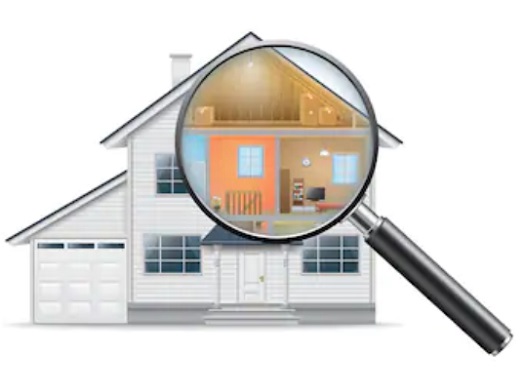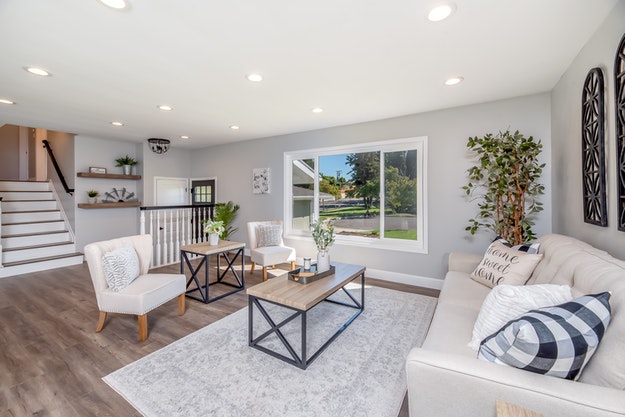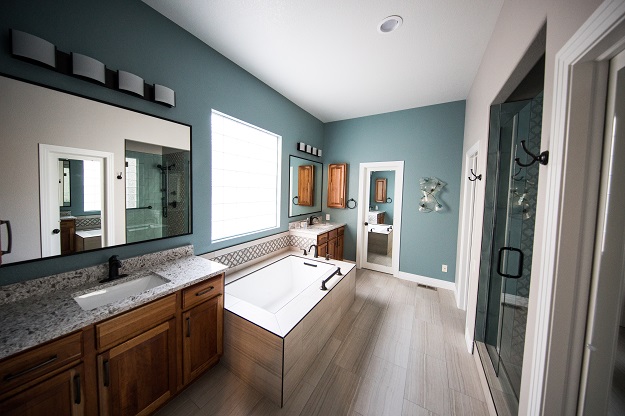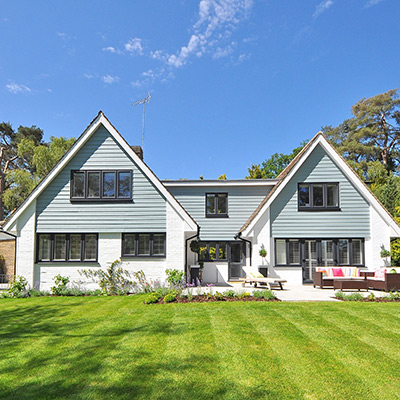When you’re ready to list your house for sale, one of the most significant things you can do is stage your home.
Staging your home means that you get the house in its best condition for showing, inside and out. The goal is to attract buyers with curb appeal and welcome them into a fresh, clean, move-in-ready space.
Here are some useful tips for staging your home.
Maintenance and Repairs
When you put your home on the real estate market, you need to make sure everything is in good working order.
Buyers are negatively influenced by non-functioning systems (even a small leak!), and an inspector will surely investigate to ensure that the property is structurally sound.

Inspectors will check the electrical systems, plumbing, roof, HVAC, water heater, foundation, structure, and will also check for pests.
If there are any problems discovered during the inspection, buyers have the right to ask for the seller to make repairs, offer a lower asking price so the buyer can make repairs, or, in the worst-case scenario, the buyer has the option to back out and cancel the contract.
Before you move on to the standard phases of staging, make sure everything is in good condition.
Declutter
To declutter is to remove any items from the house that you no longer need or use. It’s also part of the process for packing for your next move, so you’re accomplishing two tasks in one.
Choose one room to start, and then finish that room before moving to the next. Otherwise, you could find yourself overwhelmed by chaos with boxes and bags spread throughout the house.
Sort through the clothing, dresser drawers, and toy boxes. Save what you’ll need between now and the time you move, and pack the rest of your things to be stored until you arrive at your next destination.
People touring your house for sale will open your closets, so make sure they’re as tidy and as empty as possible.
Allow enough time for nostalgia as you sort through old photographs, documents, and other memories to avoid feeling rushed or stressed.
Decluttering also includes furniture. Big, bulky furniture can make a room feel stuffy and dark, whereas you want the space to feel open, airy, and bright.
As with your other belongings, keep what furnishings you need before your move, but eliminate as much as you can, such as china cabinets or hutches.
This decluttering phase is an ideal time to have a yard sale, sell things on social media platforms, or donate to charity.
Depersonalize
Depersonalizing your house means to remove your personal belongings such as family portraits, collectibles, books, and anything reflecting your religious, political, or sports team passions.

The goal is for buyers to envision themselves living in the home and not to be overwhelmed by your taste or beliefs. A contradiction in belief systems could be a deal-breaker if a buyer feels awkward or uncomfortable.
Depersonalizing is a way to multi-task as well by packing your sentiments and staging your house at the same time.
Deep Clean & Neutralize
Giving the whole house a good scrub is imperative. Bleach sinks and bathtubs, clean the baseboards, dust the air vents and ceiling fans, wipe down windowsills, and clean appliances.
While you’re cleaning the bathrooms and kitchen, make sure to look under the sinks (your buyers and the inspector will!) for water stains, standing water, or musty smell.
Pay attention, particularly to the kitchen, which is where most families gather. There should be no papers or clutter on the countertops or tables.
Once the house is deep-cleaned, you’ll notice if the walls could use a coat of paint, or if the flooring needs cleaned or replaced.
When a buyer sees items in the house that require fixing, they begin subtracting dollar signs from what they’re willing to offer, which could cost you big bucks in the long haul.
If your walls have brightly colored paint or wallpaper, it’s good to neutralize the colors in soft, warm earth tones. A fresh coat of light paint can do wonders for the appearance of your house for sale.
The key element is to get the house spic-and-span with a good scrub and keep it that way until the closing day.
Clean sells.
Accentuate
Small details in the home can have a significant impact on showings. For example, live plants in the rooms and a bowl of fresh fruit in the kitchen can make a home feel nurturing and soothing.
Crisp white towels and candles can give a spa-like feel to the bathrooms.

If you choose, you can add artwork to the walls, such as landscape scenes, or abstract paintings, as long as there are no people. Think of the artwork displayed in model homes. They’re pretty but impersonal.
You may also find that a few inexpensive upgrades could add value to your home. For example, replacing window screens, light switch covers, electrical socket covers, faucets, doorknobs, and fixtures can make a house look updated, clean, and well maintained.
Curb Appeal
Curb appeal (or lack thereof) is your only opportunity to make a first impression on buyers.
They either love the house and call it things like charming, quaint, cute, or pretty — or they have an automatic distaste, which they often carry with them throughout the rest of their tour.
Your goal is to woo buyers into falling in love with your house at first sight.
To accomplish this task, your yards and the exterior of your home must be pristine.
If you have grass, make sure it’s well-manicured, free of weeds, and that there’s no trash or debris. You’ll also want to remove any kids’ toys or signs of animals.
Outdoor furniture should be either stored away or arranged into conversational areas suitable for entertaining.
If necessary, use a power washer on the exterior of the home so that it, too, looks clean and fresh.
Consider adding live potted flowers near the front entryway.
Conclusion
When you’re ready to list your house for sale, staging your home is one way to positively affect your property’s perceived value and inspire more offers, which could also drive up your property value.
Before you begin the staging process, make sure that everything about your property is in sound condition.
Staging starts with decluttering, which is best done one room at a time to avoid overwhelm. Next, depersonalize and neutralize the space. Clean the whole house, top to bottom, inside and out.

Consider adding elements like a spa-feel to the bathroom with white towels and candles, fresh fruit in the kitchen, and live plants in the living room. Pay particular attention to kitchens and bathrooms as these areas typically receive the most attention in houses for sale.
Your real estate agent is an absolute expert on how to stage a house for sale. Talk at length with your real estate professional about how how to stage your home and increase its perceived value so you can sell quickly and for the most bang for your buck.



